Pastel Art
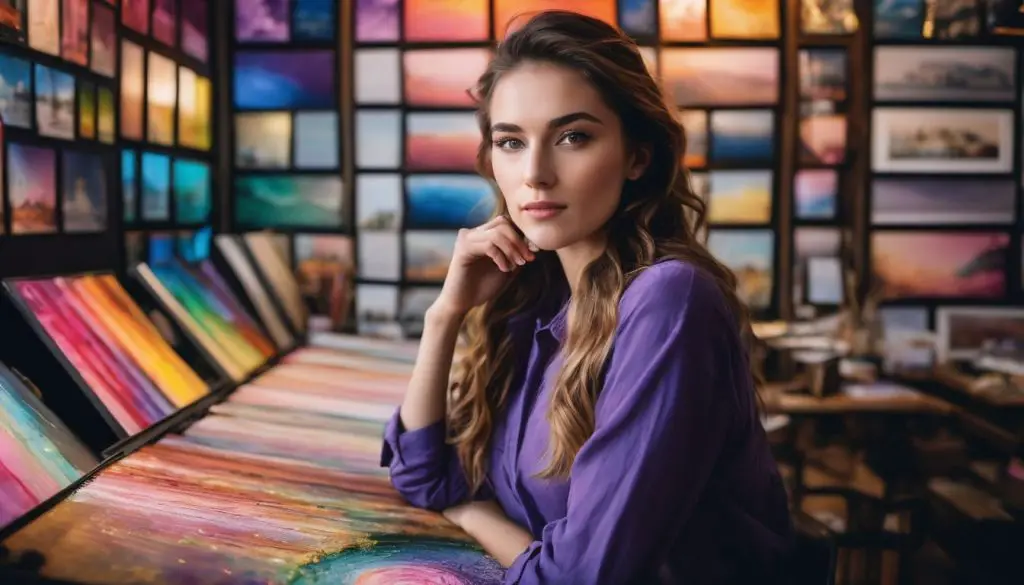
Are you curious about the rich world of pastel art and yearning to dive into its vibrant hues?
It’s a striking medium that dates back to the Renaissance, appreciated for its pure pigments and unique texture.
This article will guide you through the essential characteristics of pastel art, offer an overview of its history, discuss techniques for usage, and share crucial tips on preserving your artwork.
Ready to embark on a colorful journey into pastel art?
Key Takeaways
- Pastel art offers rich textures and deep colors that bring artwork to life.
- Caution is needed when working with pastels due to their delicate nature, but proper handling can minimize risks.
- Pastel art encompasses drawing and painting techniques, allowing artists to explore their creativity and achieve different effects.
- Protecting and preserving pastel paintings requires using appropriate supports, storage techniques, and framing materials.
Table of Contents
Characteristics and Pros/Cons of Pastel Art
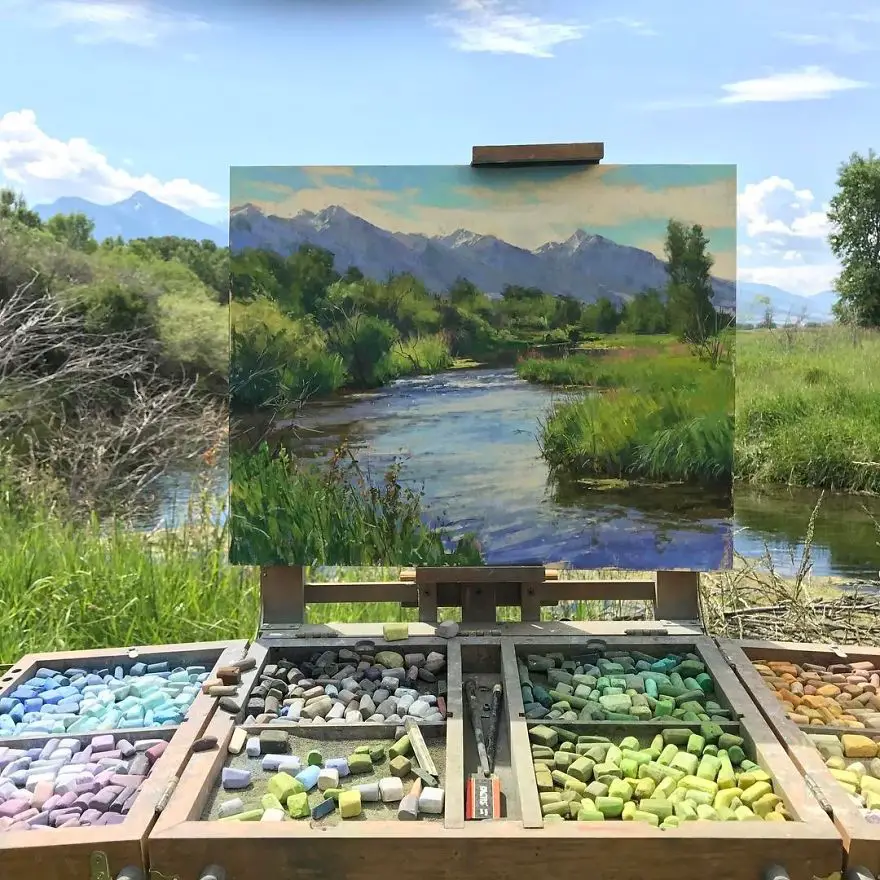
Pastel art is known for its rich textures and deep colors, but caution must be taken when working with pastels due to their delicate nature.
Rich textures
Pastel art gives you rich textures. The sticks of pure powdered pigment let artists add depth to their work.
You can see and feel the layers in a pastel drawing or painting. Layer on layer, the colors pop off the page.
This is because pastel pigments are pure and vibrant, just like those used by Leonardo da Vinci long ago! These rich textures invite your eyes to move across the artwork.
They pull you into every detail. Plus, they make each piece look real and alive!
Deep colors
Pastel art is known for its ability to create deep and rich colors. The pure powdered pigments used in pastels allow artists to achieve intense hues that can be difficult to replicate with other mediums.
When working with pastels, artists have a wide range of vibrant colors, giving their artwork a bold and striking appearance.
These deep colors can bring life and depth to any subject, whether a landscape, portrait or still life.
Artists can layer different shades of pastels on top of each other to create even more depth and complexity in their artwork. With pastel art, you can truly make your colors come alive on the canvas or paper.
Caution is required when working with pastels
When working with pastels, it is important to exercise caution. Pastels are delicate and fragile, so they can easily break or crumble if handled too roughly.
Handle them gently and avoid applying excessive pressure when drawing or blending to prevent this.
Additionally, be mindful of the dust that pastels produce. Protect your lungs by working in a well-ventilated area or using a protective mask.
Some pastel pigments may contain toxic materials, so reading the labels and taking necessary precautions when choosing your pastels is essential.
You can create beautiful artwork while minimizing risks by being cautious and adequately caring for your pastels.
Techniques and History of Pastel Art
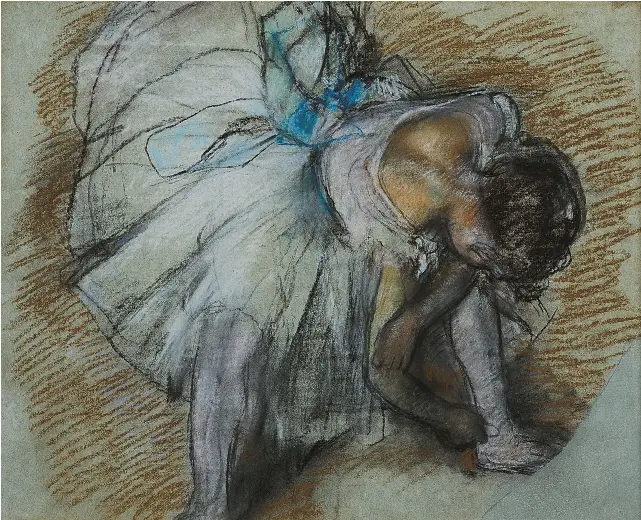
Pastel art encompasses drawing and painting techniques, offering artists a unique way to explore creativity.
From achieving different effects with pastels to understanding the historical context of this art form, there is much to learn and appreciate about the world of pastel art.
Drawing vs. painting with pastels
Pastels are a versatile art medium that can be used for both drawing and painting. When using pastels for drawing, artists create lines and shapes by applying the pigment directly to the paper.
This allows for precise control over details and shading. On the other hand, painting with pastels involves layering and blending colors to create smooth transitions and vibrant effects.
With pastel paintings, artists can achieve a range of textures, from soft and subtle to bold and expressive.
Pastels offer endless possibilities for creating beautiful artwork, whether you prefer drawing or painting.
Achieving different effects
Many different effects can be achieved with pastel art. Here are some techniques to create different effects:
- Blending: Use your fingers or a blending tool to blend and soften the colors. This creates a smooth and seamless transition between shades.
- Layering: Build up layers of color by adding multiple layers of pastel on top of each other. This creates depth and richness in your artwork.
- Cross-hatching: Create texture and dimension using short, overlapping strokes in different directions. This technique adds interest and detail to your artwork.
- Sgraffito: Scratch through layers of pastel to reveal the underlying colors or create intricate patterns. This technique can add a unique and dynamic element to your artwork.
- Scumbling: Apply a lighter color over a darker color using gentle, circular motions. This creates a soft, hazy effect and adds depth to your artwork.
- Impasto: Apply thick layers of pastel onto the paper to create a raised texture. This technique adds a tactile quality to your artwork.
- Stippling: Create texture by applying small dots or dashes with your pastels. Vary the size and density of the dots for different effects.
- Gradients: Gradually transition between two or more colors by blending them together smoothly. This creates a gradient effect that adds visual interest to your artwork.
Protecting and Preserving Pastel Paintings
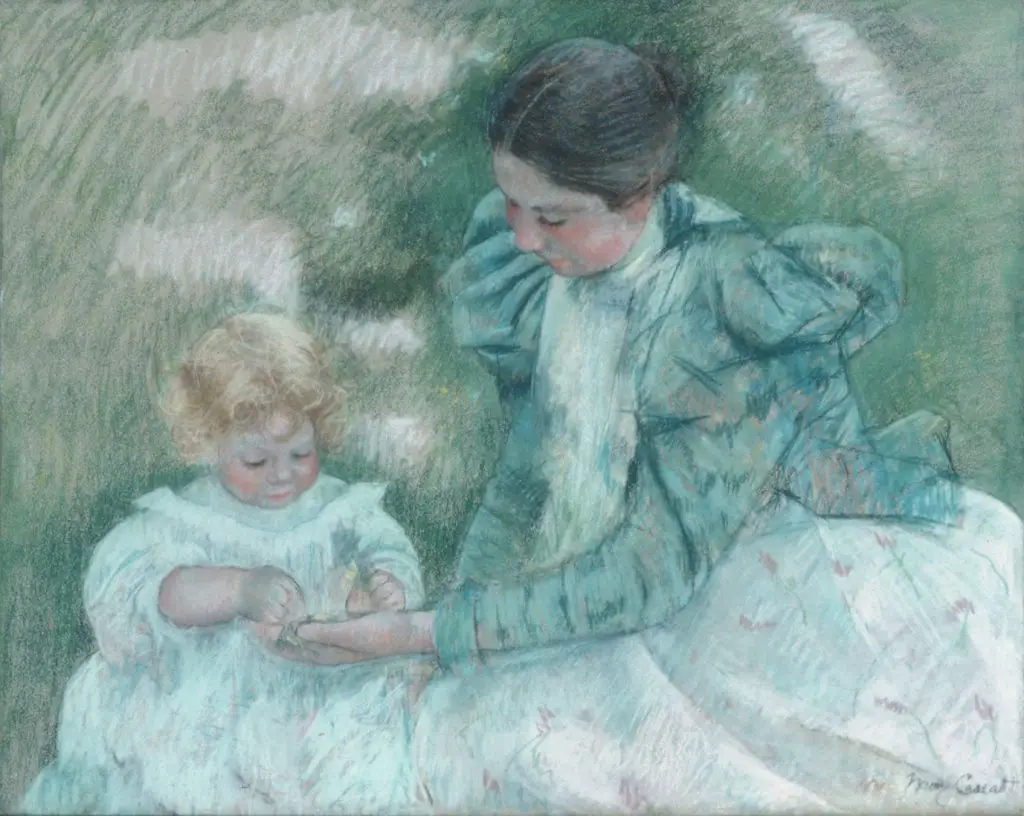
To protect and preserve pastel paintings, it is essential to use appropriate pastel supports, such as sanded paper or boards that provide a textured surface for the medium to adhere to.
Proper storage and framing techniques should also be employed to prevent smudging and damage to the delicate artwork.
Use of pastel supports
When creating pastel art, it is vital to use the right support. Pastels can be delicate and require a surface to hold the pigment in place without smudging or smearing.
The most common supports for pastel art include textured paper, pastel boards, and sanded surfaces like sandpaper or pastel mats.
These surfaces provide tooth or texture that helps the pastels adhere to the support.
Additionally, using a fixative spray after completing your artwork can help protect it from smudging and preserve its colors over time.
Proper storage and framing
Properly storing and framing pastel art is important to protect the delicate medium and preserve its vibrant colors. Here are some tips:
- Choose a protective cover: Use glassine paper or tissue to cover your pastel artwork before storing or framing it. This will prevent smudging or transfer of colors.
- Avoid direct sunlight: Display your pastel art away from direct sunlight, as prolonged exposure can cause fading or discoloration.
- Use acid-free materials: When matting and framing your pastel art, use acid-free mats, backing boards, and mounting tape to prevent deterioration.
- Use spacers: To avoid smudging, leave a small gap between the glass and the artwork. This ensures the pastel does not come into direct contact with the glass surface.
- Frame with UV-protective glass: If you opt for a framed display, consider using UV-protective glass to minimize fading caused by ultraviolet rays.
- Store in a controlled environment: When not displaying your pastel art, store it in a clean, dry place with stable humidity and temperature. Avoid areas prone to moisture or extreme temperature fluctuations.
The Beauty and Versatility of Pastel Art
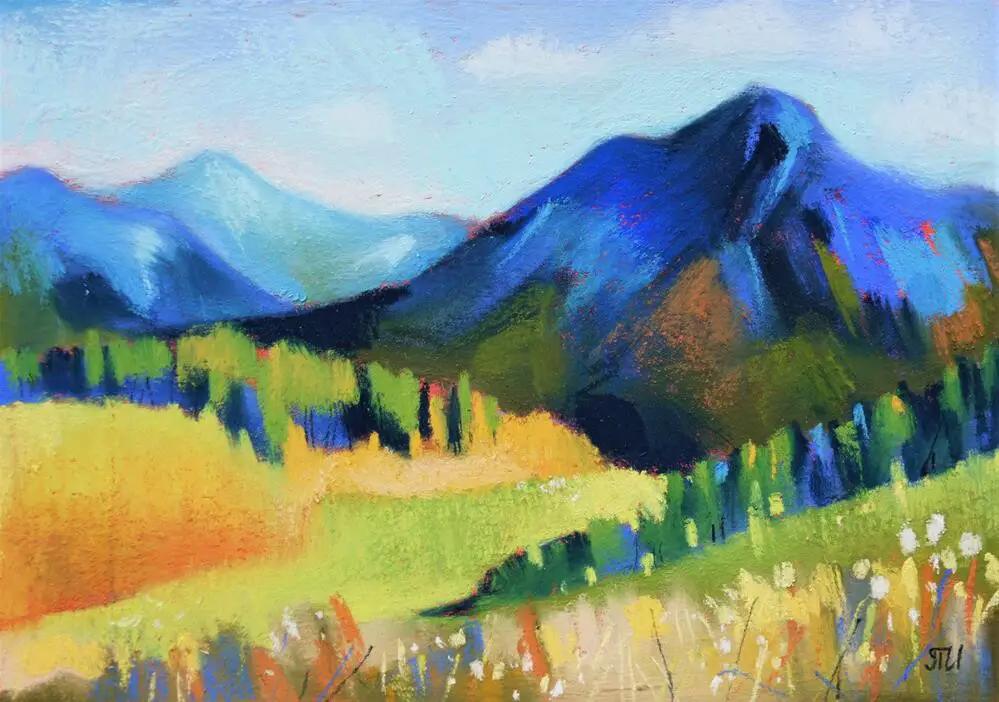
Pastel art offers various colors and styles, making it a beautiful and versatile medium for artists of all levels.
Wide range of colors and styles
Pastel art offers various colors and styles, making it a versatile medium for artists to explore creativity.
With pastels, you can create vibrant and bold artwork or soft and subtle pieces, depending on your preference.
The range of available colors allows you to mix different shades and create beautiful gradients in your artwork.
Whether you are interested in creating realistic portraits, stunning landscapes, or abstract compositions, pastel art provides endless possibilities for self-expression.
So experiment with different colors and styles to bring your artistic vision to life!
Pastel art for beginners
If you’re new to pastel art, here are some tips and techniques to get you started:
- Start with a basic set: Purchase a small set of soft or oil pastels. These sets usually come in various colors, allowing you to experiment and learn the basics.
- Experiment with different papers: Pastels work best on textured paper, so try out different types and find one you like. Pastel paper is specifically made for this medium, but you can also use sandpaper or watercolor paper for unique effects.
- Practice blending: Blending is an essential technique in pastel art. Use your fingers, a blending stump, or a soft cloth to blend the colors together and create smooth transitions.
- Layering colors: Build up your artwork by layering different colors on each other. Start with lighter shades and gradually add darker ones to create depth and dimension in your work.
- Experiment with different strokes: Explore various techniques, such as hatching, cross-hatching, scumbling, and feathering, to add texture and interest to your artwork.
- Use fixatives: Once you finish a piece, spray it lightly with a fixative to protect the pastel from smudging or fading over time. Make sure to follow the instructions on the fixative can for best results.
- Look for inspiration: Study the works of famous pastel artists like Edgar Degas, Mary Cassatt, or Odilon Redon for inspiration and ideas on how to use pastels effectively.
- Take classes or workshops: Consider taking a beginner’s class or attending workshops where you can learn from experienced artists and gain valuable insights into pastel techniques.
Oil pastel art as a variation
Oil pastel art is a variation of traditional pastel art that uses oil-based sticks, giving the artwork a different texture and appearance.
Oil pastels are made with pigment, wax, and oil binders, allowing for smoother and more buttery application than dry pastels.
They offer vibrant colors and can be easily blended or layered to create various effects. Oil pastels provide versatility in creating both detailed drawings and painterly techniques.
Artists enjoy using oil pastels because they allow for easy blending on the surface, offering endless possibilities for artistic expression.
Concluding Thoughts on Pastel Art
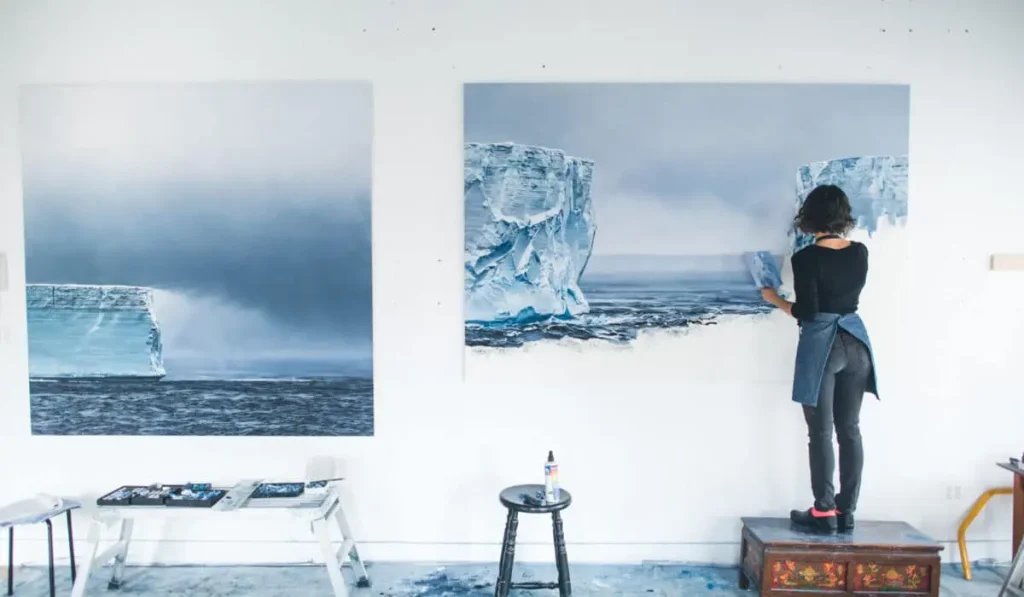
In conclusion, pastel art is a captivating medium known for its rich textures and deep colors. Despite requiring caution when working with pastels, the techniques and history behind this art form offer endless possibilities for artists.
With proper protection and preservation, the beauty and versatility of pastel art can be enjoyed by beginners and experienced artists alike.
F.A.Q.s on Pastel Art
1. What is pastel art?
Pastel art uses pastel colors and pastel medium for its drawings. Pastels can create different effects like blending, shading, and unique strokes.
2. Are chalk pastels used in pastel art?
Yes, chalk pastels are a medium used to create stunning pastel portraits or landscapes with vivid colors.
3. Can you tell me something about the history of Pastel Art?
Pastel art history is rich and long-lasting. Artists over the centuries have cherished this form for its bright shades and smooth strokes.
4. What styles are seen in pastel artwork?
Various styles exist in Pastel Artwork, from soft blended work to bold, direct strokes- each creates a different visual effect, which makes it special!
5. Do you have any tips to start my first piece of Pastelf art?
Sure! Start with understanding how to use your tool – whether chalk or another available medium.
Next, practice your strokes and blending techniques on a rough pad before moving to the final surface!
General Facts:
- Pastel is an art medium in the form of a stick made of pure powdered pigment and a binder.
- Pastels are dry drawing mediums executed with fragile, finger-size sticks made of powdered pigments and a binder.
- The history of pastels can be traced back to the Renaissance, with its origin believed to be in Northern Italy during the 16th century.
- Pastels have attracted more myths than any other art medium, with common misconceptions about their fragility and color fading.
- Pastels consist of pure powdered pigment and binder in a stick, similar to the pigments used in other art mediums.
- Pastel art is prized for its brilliant color and was notably used by artists like Leonardo da Vinci in the sixteenth century.
- Oil pastels, a type of pastel, first appeared in 1925 with the invention of Sakura Cray-Pas in Osaka, Japan.
- The term “Cray-Pas” was derived from the company’s innovation of combining oil and wax to create oil pastels.
- Pastel art is known for its softness and blend-ability, allowing artists to create smooth and vibrant works.
- Pastel art is a versatile medium that can create drawings and paintings with various effects and styles.
Source URLs:
- https://kids.kiddle.co/Pastel
- https://www.britannica.com/art/pastel-art
- https://www.mallgalleries.org.uk/learning/resources/history-pastels
- https://www.art-is-fun.com/pastel-drawings
- https://www.metmuseum.org/about-the-met/collection-areas/drawings-and-prints/materials-and-techniques/drawing/pastel
- https://www.artsmartmanila.com/blog/7-amazing-oil-pastel-facts-you-need-to-know
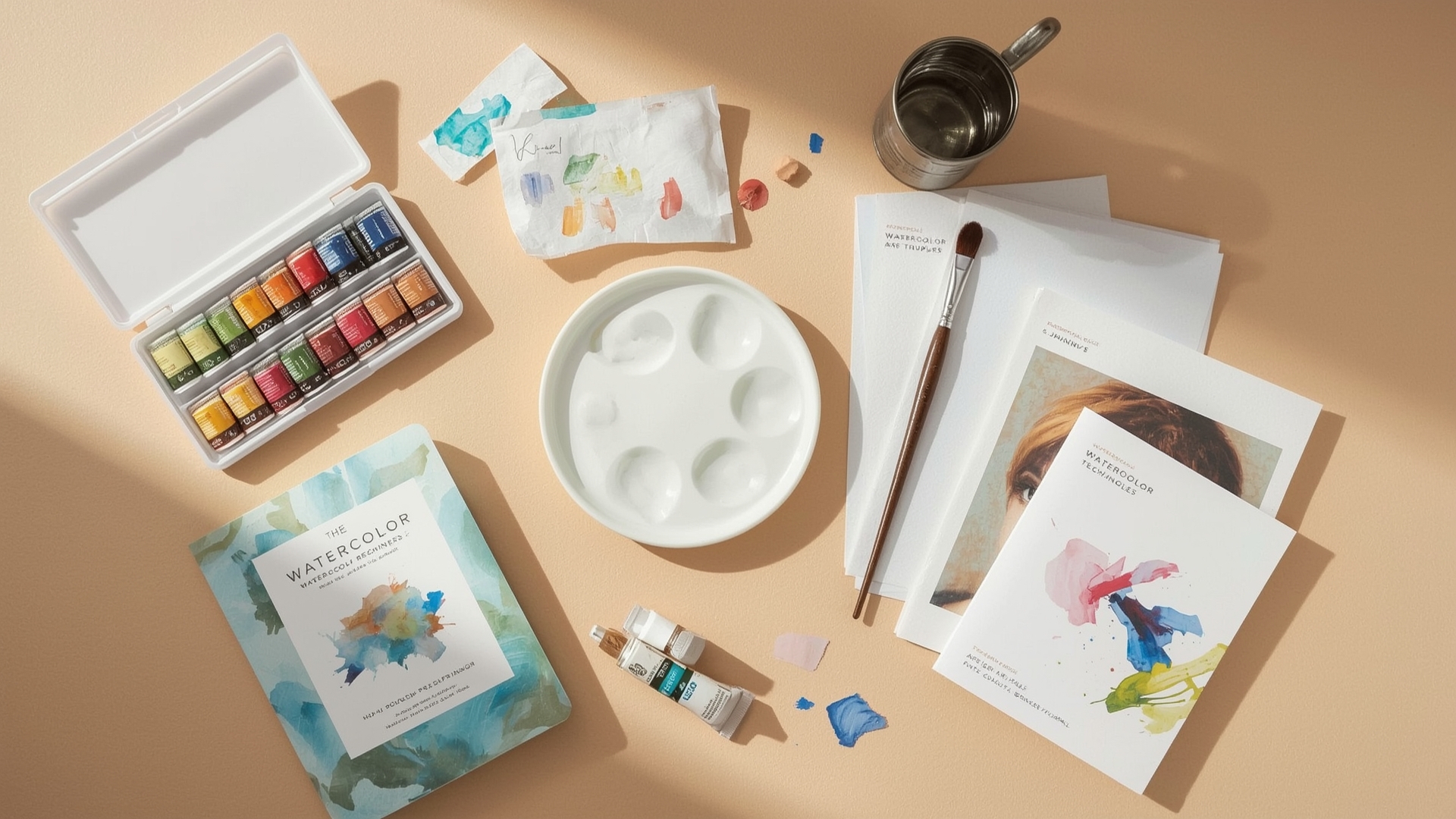

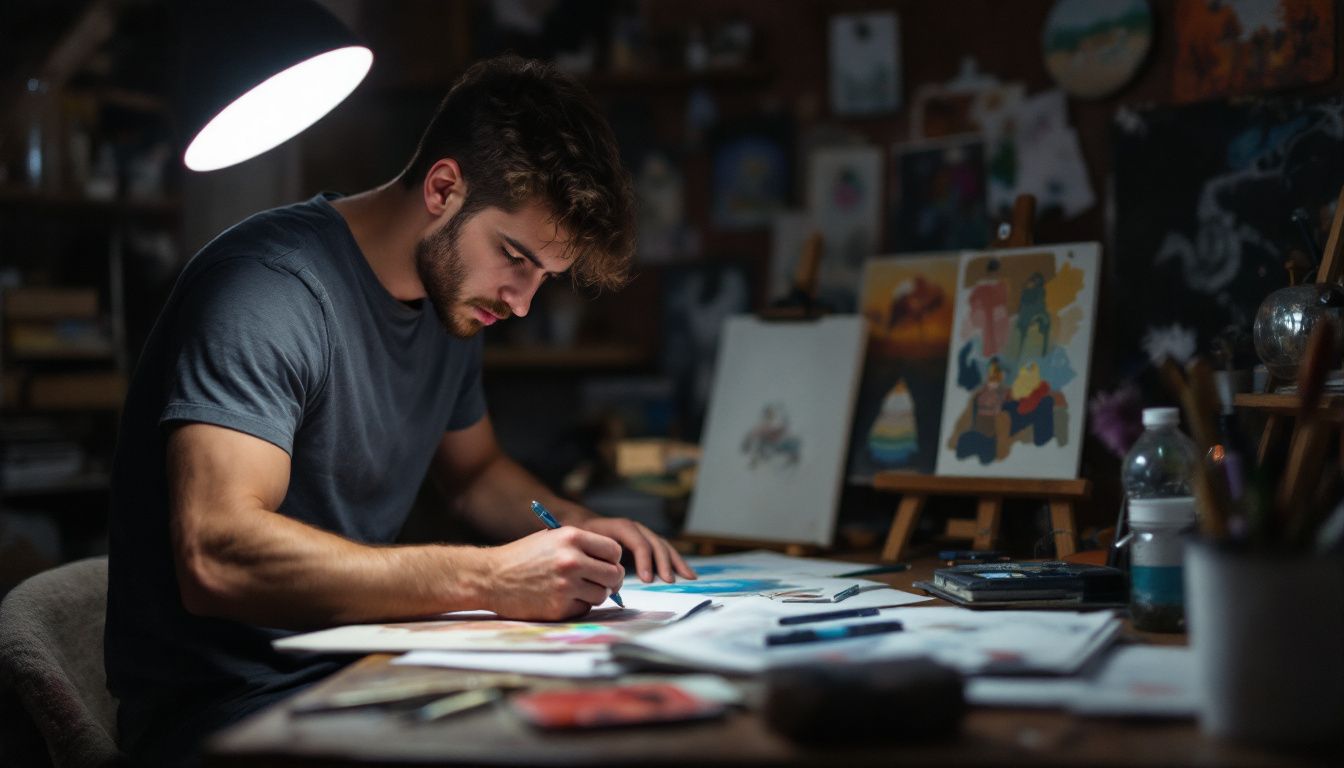
Leave a Reply